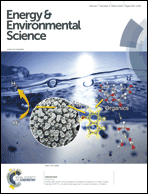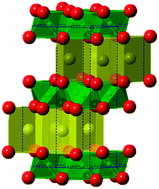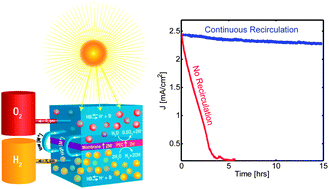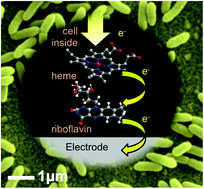A pioneering study has proposed a new integrated method for producing aviation fuels from woody feedstock by considering all downstream processing stages and carrying out a detailed economic analysis.

Lignocellulose, a raw material in biomass, can be converted to biofuels and is often considered a long-term alternative to the diminishing supply of fossil fuels. The conversion process involves biomass pretreatment, hydrolysis of constituent carbohydrates and catalytic conversion of platform chemicals. Proposed strategies to convert lignocellulose to aviation fuels have underused components, preventing their commercialisation.
Interested to know more? Read the full article by Dannielle Whittaker on Chemistry World.
Read the original article in Energy & Environmental Science – it’s free to download for the next few weeks!
Production of renewable jet fuel range alkanes and commodity chemicals from integrated catalytic processing of biomass
Jesse Q. Bond, Aniruddha A. Upadhye, Hakan Olcay, Geoffrey A. Tompsett, Jungho Jae, Rong Xing, David Martin Alonso, Dong Wang, Taiying Zhang, Rajeev Kumar, Andrew Foster, S. Murat Sen, Christos T. Maravelias, Robert Malina, Steven R. H. Barrett, Raul Lobo, Charles E. Wyman, James A. Dumesic and George W. Huber
Energy Environ. Sci., 2014,7, 1500-1523
DOI: 10.1039/C3EE43846E, Paper











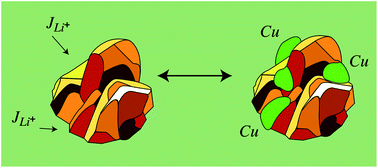
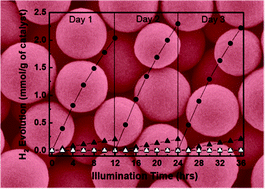

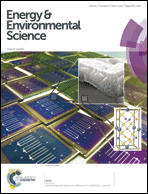 The latest issue of EES is now online. You can read the full issue
The latest issue of EES is now online. You can read the full issue 